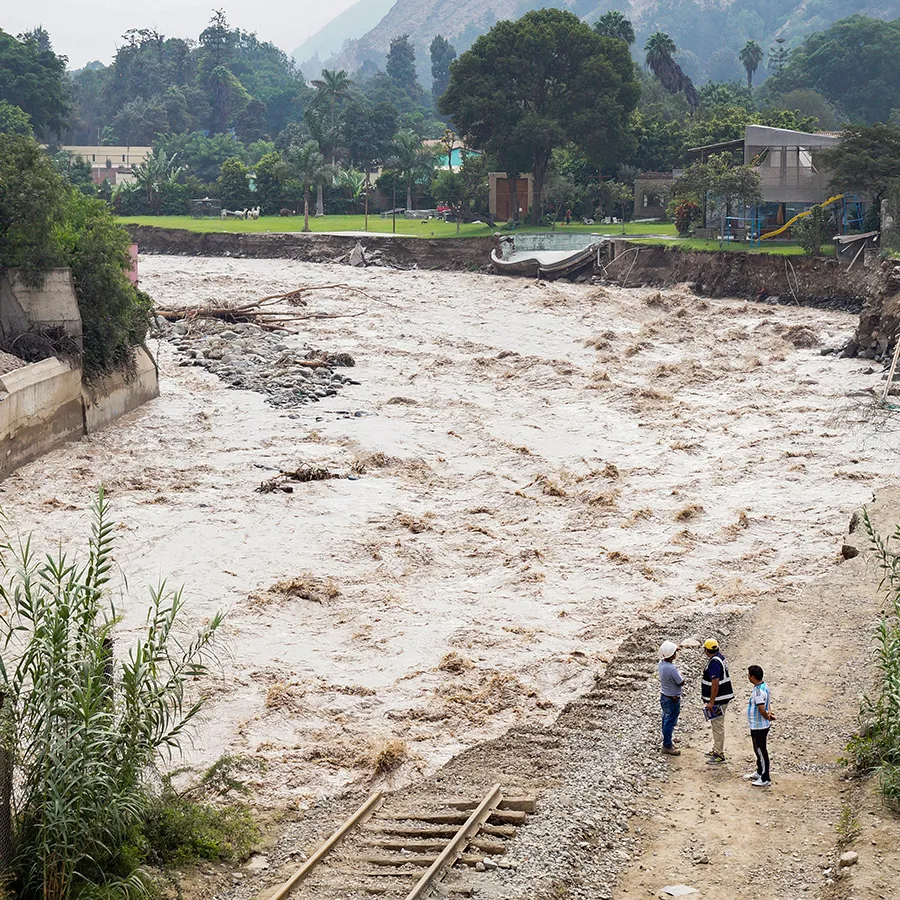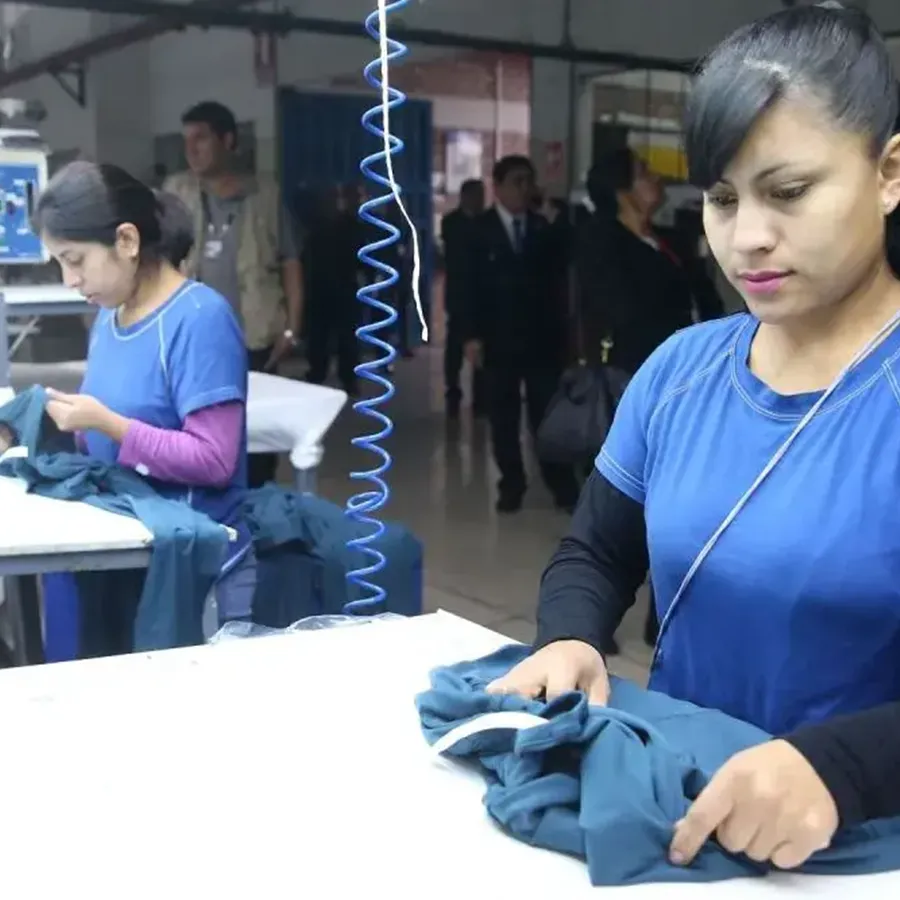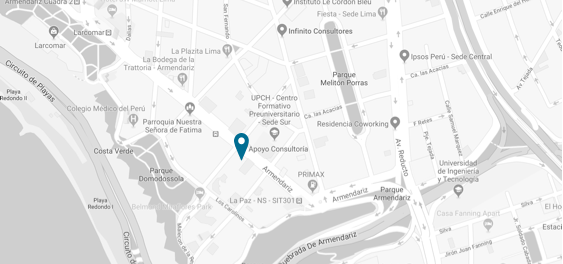

Article published in El Comercio.
Responsible management of the country’s public accounts is one of our main economic strengths and gives us the stability that we can see other countries in the region are lacking. That’s why it’s important for there to be a continuous evaluation of what could be done better. The start of a new decade seems to be a good moment.
“In the last five years, the boost of fiscal policy on the country’s growth has been non-existent.”
In general, in Peru things have been done, (and are still being done) well, but in recent years, mistakes have been made or some problems have come to light, showing that there is still room to improve. The worst and costliest mistake was that, on some occasions, fiscal policy ignored technical analysis and gave into the statist dreams of some of the politicians in office at the time. It’s not the only case, but the most emblematic was the decision to build a new refinery in Talara in 2014. It’s now the biggest public project in the history of the country, costing Peruvians US$ 4700 million and, according to Carlos Paredes –president of Petro-Perú–, it’s a white elephant which will destroy value equivalent to US$ 1600 million. A crime in a country with such a large social divide.
On the other hand, in the last few years the difficulty of expanding public investment has become clear. This has practically been stalled since 2012 due to several factors such as the bad quality of the technical study of works, the deterioration of the execution capacity during the first year of office of regional authorities and mayors (2011, 2015, 2019) and the impact of corruption cases. This has limited the capacity of the Ministry of Economy and Finance to use the fiscal space available to sustain economic growth in periods of slowdown.
Finally, the reaction of fiscal policy in the face of the previous limitation has also taught us some lessons. For example, between 2014 and 2016, the Peruvian economy suffered a severe blow from the international front (the price of copper fell by 30%). As it was difficult to expand public investment in order to avoid it affecting the growth of the economy too much, the government chose to lower taxes and increase spending on wages, goods and services in the government to invigorate consumption. What we learnt from that experience is that lowering taxes has very little impact on growth, and to rely too heavily on the growth of current expenditure generates the risk of taking away flexibility from public spending.
Partially as a result from the previous, in the last five years, the boost of fiscal policy on the country’s economic growth has been non-existent: the fiscal deficit grew and rigid spending on wages grew greatly. This hasn’t affected our fiscal solidity, but it has generated a loss of scope of action which could be useful, for example, if the international environment decides to deliver another blow. That’s why, moving forward it will be key not to give into the pressure to divert public resources from the most productive use for the country and continue with the efforts to expand public investment.


